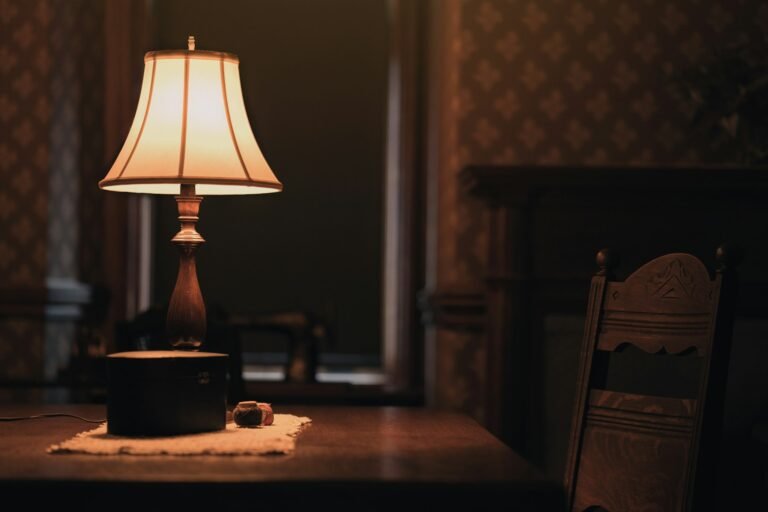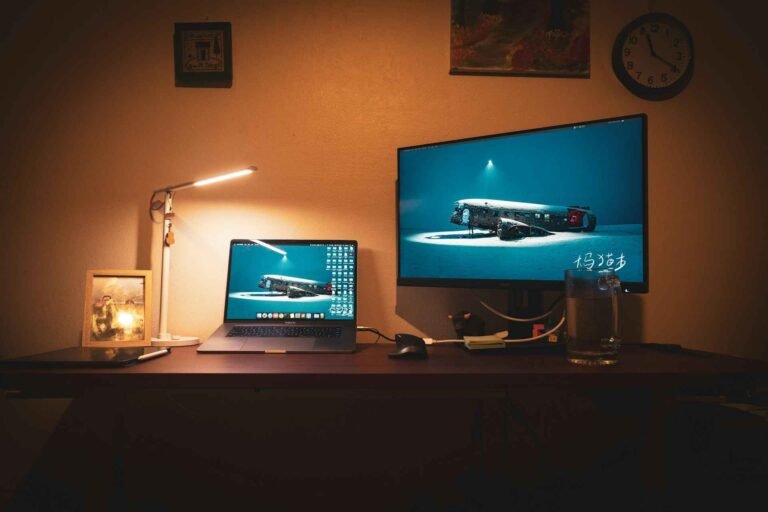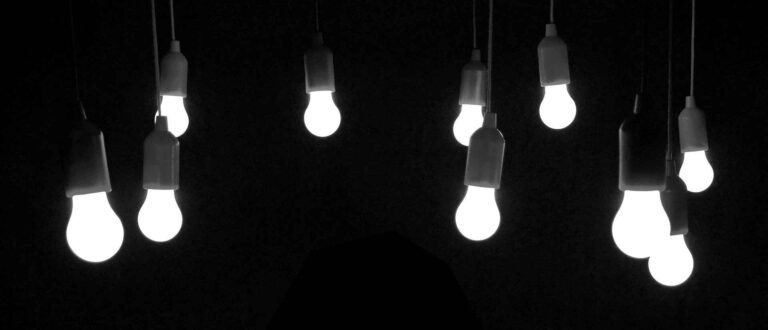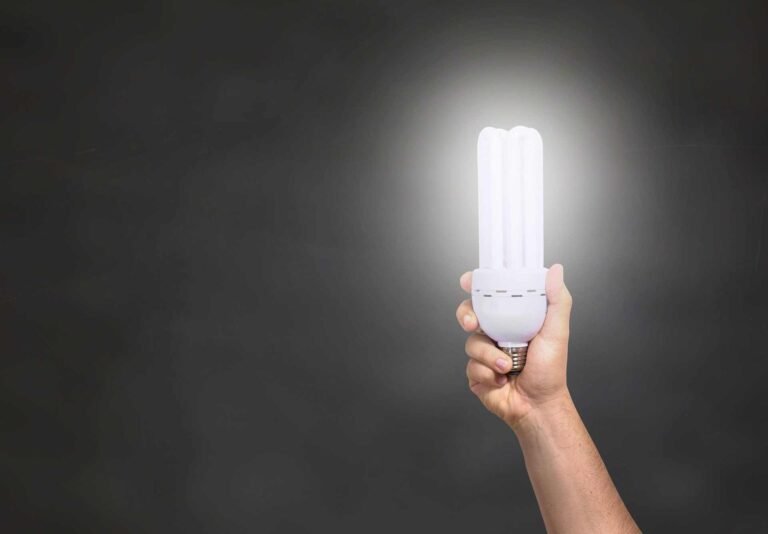Why Are My LED Lights Flickering? Your Complete Fix-It Guide
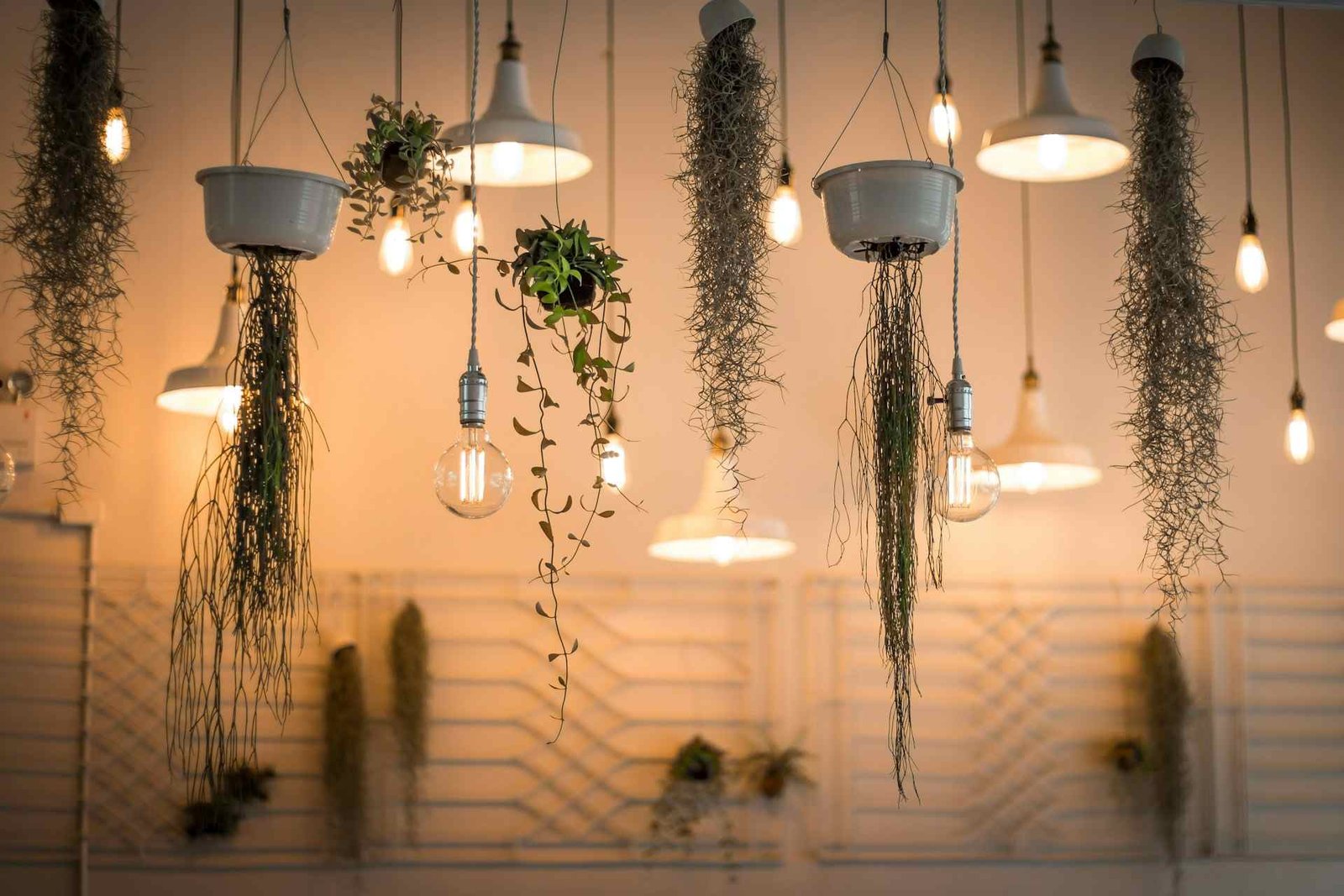
There you are, trying to focus on your work or relax with a good book, when suddenly your LED lights start doing their best impression of a disco ball. That annoying flicker isn’t just distracting, it’s downright maddening. If you’ve ever found yourself staring at your ceiling wondering “why are my LED lights flickering,” you’re definitely not alone. This frustrating phenomenon affects countless households, but the good news is that most flickering issues have surprisingly simple solutions.
Let’s dive into the world of LED troubleshooting and get your lights back to their steady, reliable selves. Trust us, once you understand what’s causing the problem, you’ll feel like a lighting detective who’s cracked the case.
What’s Really Going On When LED Lights Flicker?
Before we jump into the fixes, it helps to understand what flickering actually means. When we ask why LED lights flicker, we’re essentially asking why these typically stable light sources suddenly start behaving like they’re having an electrical hiccup. Unlike the warm, gradual fade of old incandescent bulbs, LEDs are binary creatures, they’re either on or off, with no in-between.
This on-off nature means that when something goes wrong, LEDs respond by rapidly switching between these two states, creating that telltale flicker we all know and love to hate. The frequency of this flickering can range from barely noticeable to seizure-inducing, depending on what’s causing the issue.
Most people notice flickering more in their peripheral vision or when the light reflects off surfaces. It’s like your eyes are trying to tell you something’s not quite right, even when you can’t pinpoint exactly what’s bothering you.
The Main Culprits Behind Your Flickering Frustration
Voltage Fluctuations: The Electrical Rollercoaster
The most common reason why LED lights flicker comes down to unstable voltage supply. LEDs are incredibly sensitive to changes in electrical current, much more so than traditional bulbs. Think of it like this: if incandescent bulbs are like sturdy SUVs that can handle bumpy roads, LEDs are like sports cars that feel every tiny pothole.
When your home’s electrical system experiences even minor voltage fluctuations, your LEDs respond immediately. These fluctuations can happen for various reasons, from large appliances cycling on and off to issues with your electrical panel or even problems with the power grid itself.
Incompatible Dimmer Switches: The Mismatch Problem
Here’s where things get interesting. Many people upgrade to LED bulbs without considering whether their existing dimmer switches can handle the new technology. Traditional dimmers were designed for incandescent bulbs, which respond very differently to dimming signals than LEDs do.
When you connect an LED to an incompatible dimmer, you’re essentially asking it to speak a language it doesn’t understand. The result? That annoying flicker that makes you wonder why your LED lights are flashing instead of providing smooth, consistent illumination.
Loose Connections: The Sneaky Troublemaker
Sometimes the answer to “why do my LED lights flicker” is hiding in plain sight. Loose electrical connections create intermittent contact, which translates directly into flickering lights. This can happen at the bulb socket, in junction boxes, or even at your electrical panel.
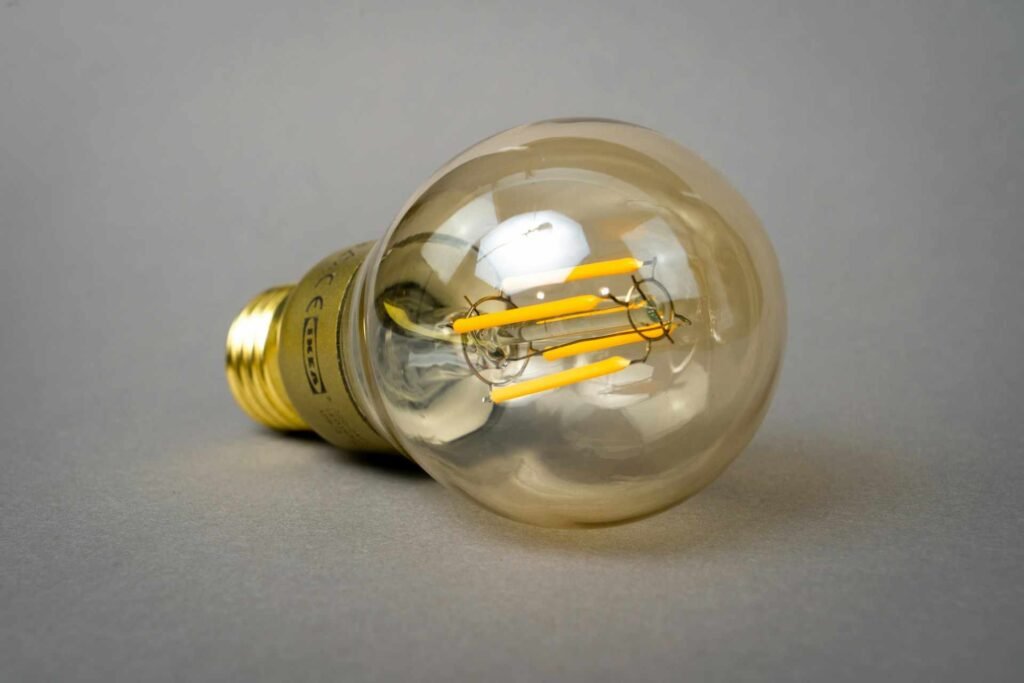
The tricky thing about loose connections is that they often work fine initially, then gradually worsen over time. What starts as occasional flickering can eventually become constant or even lead to complete failure of the light.
Power Supply Issues: When Quality Matters
Not all LED drivers (the internal components that regulate power to the LED chips) are created equal. Cheaper LEDs often use lower-quality drivers that struggle to maintain consistent power delivery. When these drivers can’t keep up with electrical demands, the result is flickering. Investing in a high-quality LED desk lamp designed for consistent performance can prevent these issues.
This is particularly common with bargain-bin LED bulbs or fixtures. While they might seem like a great deal initially, poor-quality internal components often reveal themselves through performance issues like flickering.
How to Fix Flickering LED Lights: Your Action Plan
Now that we understand the why, let’s tackle the how. Learning how to fix flickering LED lights doesn’t require an electrical engineering degree, just some patience and methodical troubleshooting.
Start with the Simple Stuff
Before calling an electrician or replacing expensive components, try the easiest fixes first. Turn the light off and on again, then gently tighten the bulb in its socket. You’d be amazed how often this simple step resolves flickering issues.
If you’re dealing with a USB powered desk light, check that all connections are secure. Sometimes a loose USB connection can cause intermittent power delivery, leading to flickering.
Test Different Bulbs
Swap your flickering LED with a known good bulb from another fixture. If the flickering stops, you’ve found your culprit, the original bulb is defective. If the flickering continues with a different bulb, the problem lies elsewhere in your electrical system.
Check Your Dimmer Compatibility
If your flickering lights are on a dimmer circuit, this is likely your primary suspect. Look for dimmers specifically labeled as “LED compatible” or “universal dimmers.” Modern LED-compatible dimmers use different technology to communicate with LED drivers, eliminating the miscommunication that causes flickering.
When shopping for dimmable LED desk lamps, always verify that the dimming mechanism is designed for LED technology. This small detail can save you hours of frustration later.
Examine Your Electrical Connections
If simple fixes don’t work, it’s time to look deeper. Turn off power at the breaker and carefully inspect wire connections at the switch and fixture. Look for signs of corrosion, loose wire nuts, or wires that aren’t making solid contact.
Remember, electrical work can be dangerous. If you’re not comfortable working with electrical connections, this is when to call a professional electrician.
LED Desk Lamp Flickering: Special Considerations
When dealing with LED desk lamp flickering, there are some unique factors to consider. Desktop lighting often involves different power sources and connection types than ceiling fixtures, which can introduce their own set of challenges.
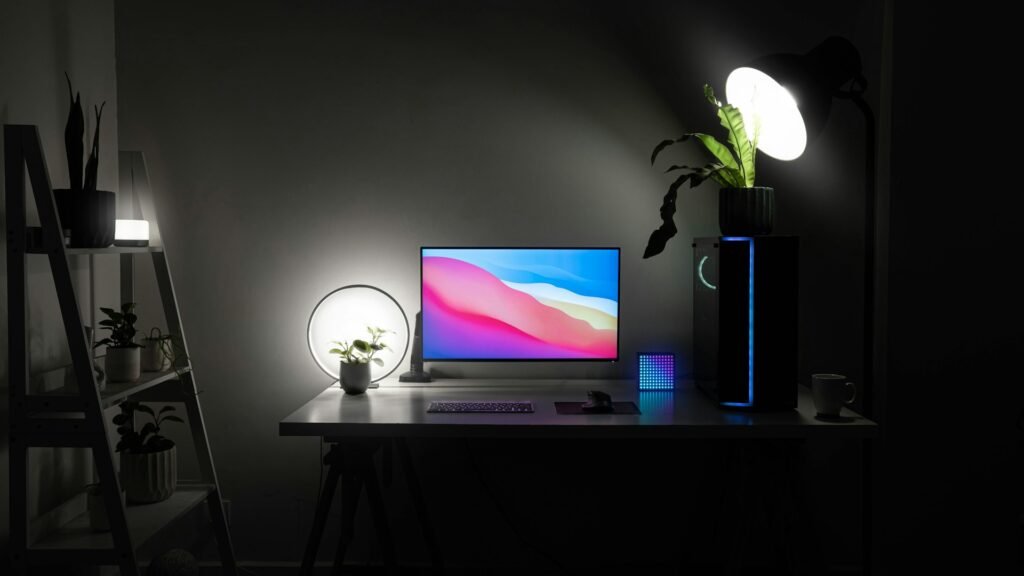
Motion sensing table lamps can be particularly prone to flickering if their sensors are overly sensitive or poorly calibrated. The constant on-off cycling triggered by minor movements can stress the LED drivers and lead to flickering behavior.
For desk lighting applications, consider the power source carefully. USB-powered lights depend on clean, stable power from your computer or USB hub. If you’re experiencing flickering with USB-powered desk lights, try connecting them to a different USB port or using a powered USB hub to ensure adequate power delivery.
Understanding Different Types of Flickering
| Flickering Type | Appearance | Most Likely Cause | Quick Fix |
|---|---|---|---|
| Rapid Flutter | Very fast, barely visible | Voltage fluctuation | Check electrical connections |
| Slow Pulse | Noticeable on-off rhythm | Dimmer incompatibility | Replace with LED-compatible dimmer |
| Random Flash | Intermittent, unpredictable | Loose connections | Tighten bulb and connections |
| Constant Strobe | Regular, obvious flashing | Failing LED driver | Replace bulb or fixture |
This table helps you identify what type of flickering you’re experiencing and points you toward the most likely solution. Different flickering patterns often indicate different underlying problems, so paying attention to the specific behavior can save you troubleshooting time.
When Flickering Becomes a Bigger Problem
While occasional flickering might just be annoying, persistent issues can indicate more serious electrical problems. If multiple fixtures throughout your home are flickering simultaneously, you might be dealing with issues at your electrical panel or problems with your utility’s power supply.
Flickering that’s accompanied by dimming when large appliances turn on suggests your home’s electrical system might be overloaded or undersized for your current electrical demands. This is particularly common in older homes that haven’t had their electrical systems updated to handle modern electrical loads.
For workspace applications, consistent flickering can cause eye strain and fatigue. If you’re spending long hours under flickering lights, especially when doing detail work or reading, addressing the problem becomes more than just a convenience issue, it becomes a health and productivity concern.
Prevention: Keeping Your LEDs Happy
The best way to fix flickering LED lights is to prevent the problem in the first place. When purchasing new LED fixtures or bulbs, invest in quality components from reputable manufacturers. While they might cost more upfront, quality LEDs with robust drivers are far less likely to develop flickering problems.
Pay attention to your electrical environment. If you live in an area with frequent power fluctuations, consider installing surge protectors or voltage stabilizers to protect your LED fixtures. This is particularly important for sensitive applications like desk lamps for Zoom calls, where consistent lighting is crucial for professional appearance.
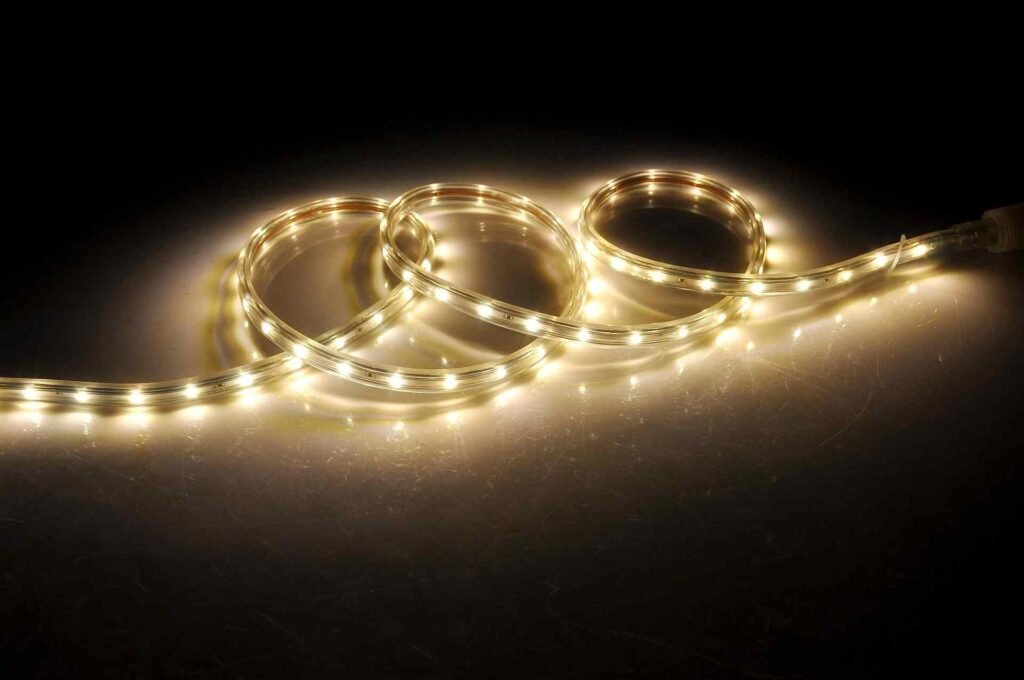
When planning your workspace lighting, consider how different components work together. The way you position your desk lamp can affect not just illumination quality but also the stress on electrical components. Proper positioning reduces the need for maximum brightness, which can extend the life of LED drivers and reduce the likelihood of flickering.
Professional vs. DIY: Knowing When to Call for Help
While many flickering issues can be resolved with simple DIY fixes, some situations definitely call for professional intervention. If you’re dealing with flickering across multiple circuits, problems that persist despite replacing bulbs and dimmers, or any situation involving your main electrical panel, it’s time to call a qualified electrician.
Professional electricians have specialized tools to measure voltage stability, identify ground faults, and safely work with high-voltage systems. They can also spot problems that might not be obvious to homeowners, potentially preventing more serious electrical issues down the road.
The cost of a professional electrical inspection is often much less than the potential damage from electrical problems that go unaddressed. Plus, many electrical issues that cause flickering can also affect other aspects of your home’s electrical system.
Frequently Asked Questions
Why do my LED lights flicker when I turn them on?
Initial flickering when LEDs first turn on is often related to the warm-up period of the LED driver. Quality LEDs should stabilize within seconds, but cheaper models might take longer or continue flickering due to poor driver design. If the flickering persists beyond the first few seconds, you’re likely dealing with a compatibility or power supply issue.
Can flickering LED lights damage my electrical system?
While flickering LEDs themselves rarely damage electrical systems, the underlying causes of flickering can sometimes indicate problems that might affect other components. Voltage fluctuations that cause LED flickering can also stress other electronic devices in your home. It’s the electrical issues causing the flickering, not the flickering itself, that you should be concerned about.
How to fix a lamp that flickers only sometimes?
Intermittent flickering often points to loose connections or temperature-related issues. As components heat up and cool down, connections can expand and contract, creating intermittent contact. Start by checking all connections in the fixture, then consider whether the flickering correlates with temperature changes or the lamp being moved.
Why do my LEDs flicker more in cold weather?
Cold temperatures can affect both LED performance and electrical connections. Some LED drivers are more sensitive to temperature changes, and cold weather can cause electrical connections to contract, potentially creating intermittent contact. If you notice seasonal flickering patterns, temperature-related issues are likely the culprit.
Is it safe to use flickering LED lights?
While flickering LEDs aren’t immediately dangerous, they can indicate underlying electrical problems that should be addressed. Persistent flickering can also cause eye strain and headaches. More importantly, the electrical issues causing the flickering might pose safety risks, so it’s best to investigate and resolve flickering problems rather than ignore them.
Wrapping Up: Your Flicker-Free Future
Dealing with flickering LED lights doesn’t have to be a constant source of frustration. Armed with understanding of why LED lights flicker and how to fix the most common causes, you’re well-equipped to tackle these issues head-on. Remember, most flickering problems have straightforward solutions, it’s just a matter of methodical troubleshooting.
Whether you’re dealing with a rechargeable clip-on LED light that’s acting up or a full lighting system that’s gone haywire, the principles remain the same. Start with the simple fixes, work your way up to more complex solutions, and don’t hesitate to call in professional help when needed.
The next time someone asks you “why are my LED lights flickering,” you’ll not only understand the answer but also know exactly what steps to take to fix the problem. Your future self (and your eyes) will thank you for taking the time to create a stable, comfortable lighting environment. After all, good lighting shouldn’t draw attention to itself, it should just quietly do its job while you get on with yours.
Looking for more? Check out our desk lighting category for more articles and guides that may interest you!
Featured image credit: Photo by Patrick Schneider on Unsplash
This content is for informational purposes only. Please verify current information directly on the retailer’s site before purchasing.

